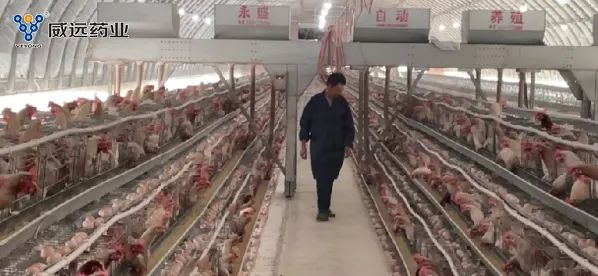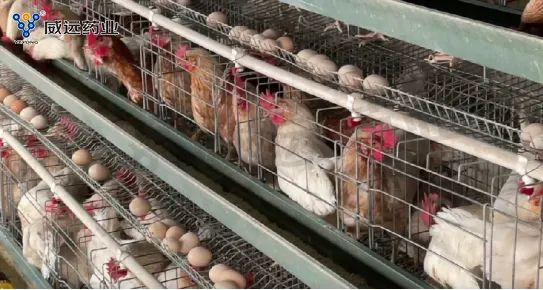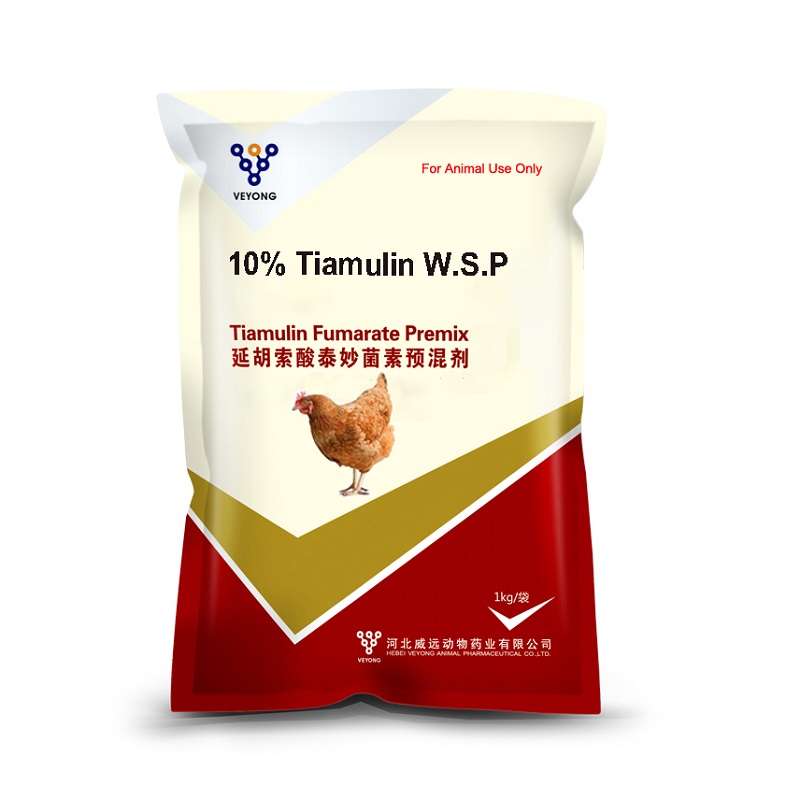Chicken respiratory diseases may occur throughout the year, but the incidence of chicken respiratory diseases is more likely to occur in spring and autumn due to climate change. If the farm does not make preparations in advance, it is likely to be troubled by the disease and cause serious losses to the breeding production.
So, what are the main causes of respiratory diseases?
01 Ammonia gas exceeds the standard
If the manure is not cleaned up in the house for a long time, it will ferment and produce ammonia. High concentrations of ammonia will damage the body’s mucosal tissue and destroy the body’s defense barrier, making chickens vulnerable to pathogens and outbreaks of respiratory diseases.
02 The density is too large
Many chicken farms generally have the problem of excessive stocking density in order to save feeding space. High stocking density will not only affect production efficiency, but also lead to faster transmission of pathogenic microorganisms, and the flock is more prone to respiratory diseases.
03 poor ventilation
Summer and autumn seasons alternate, many breeding friends are afraid that chickens will catch cold and reduce ventilation, resulting in poor air circulation in the house, accumulation of harmful gases in the house, damage to the defense barrier and resulting in a decline in physical fitness, and pathogenic microorganisms are more likely to sneak into the body, laying the foundation for the disease of chickens.
04 Seasonal stress
Many diseases start from the decline of chicken body resistance caused by stress. After entering autumn, the weather turns cooler and the temperature difference between day and night is large. Stress can easily become the fuse of many diseases.
Facing the complex causes of respiratory diseases, how should we deal with them to reduce the incidence of chickens? Based on years of clinical experience, the prevention and control of respiratory diseases should focus on the following two key points.
01 By improving the feeding environment, reducing the stocking density, reasonably controlling temperature and humidity, and moderate ventilation, the concentration of harmful gases such as carbon dioxide and ammonia in the chicken house can be reduced, and the stimulation of harmful gases to the respiratory mucosa can be reduced;
02 Pay attention to weather changes, do a good job of chicken health in advance at the turn of summer and autumn, strengthen feed nutrition, and add preventive drugs appropriately to be prepared!
Post time: Aug-25-2023




.png)
.png)
.png)
.png)